Green on Blue in Afghanistan: When the Enemy is Inside the Stronghold
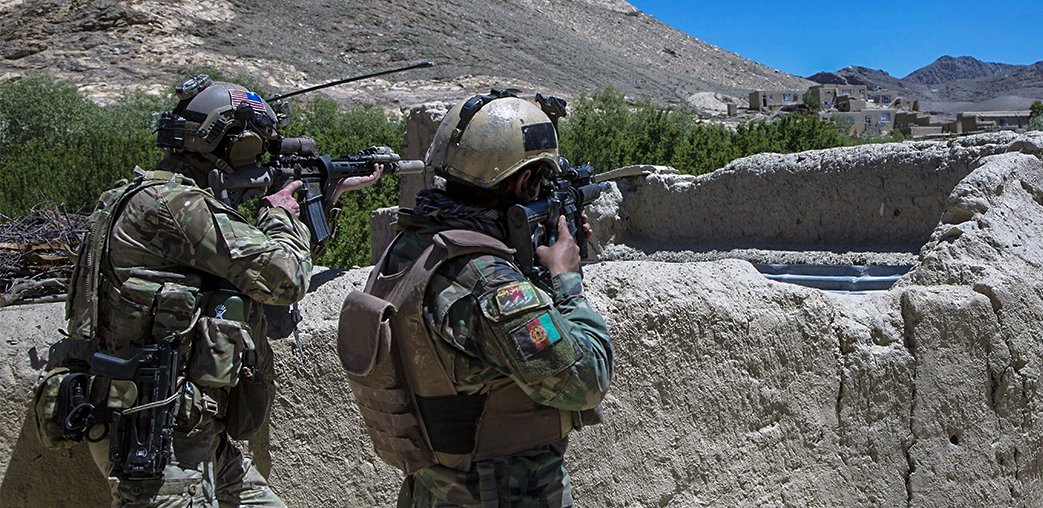
The U.S. Army Special Forces team at Camp Shaheen near Mazar-i-Sharif in Balkh Province, Afghanistan, was rehearsing for a mission the following day. Once they were finished, they began staging their vehicles in preparation to head back to Mazar-i-Sharif. It was July 2017, and the day quickly took a turn for the worse.
An Afghan commando armed with a rocket-propelled grenade (RPG) fired on the team. He was supposed to be guarding an ammo shack. He, however, left his post early to target the group of soldiers staged along the wall of the HESCO barrier on the outside perimeter of the base.
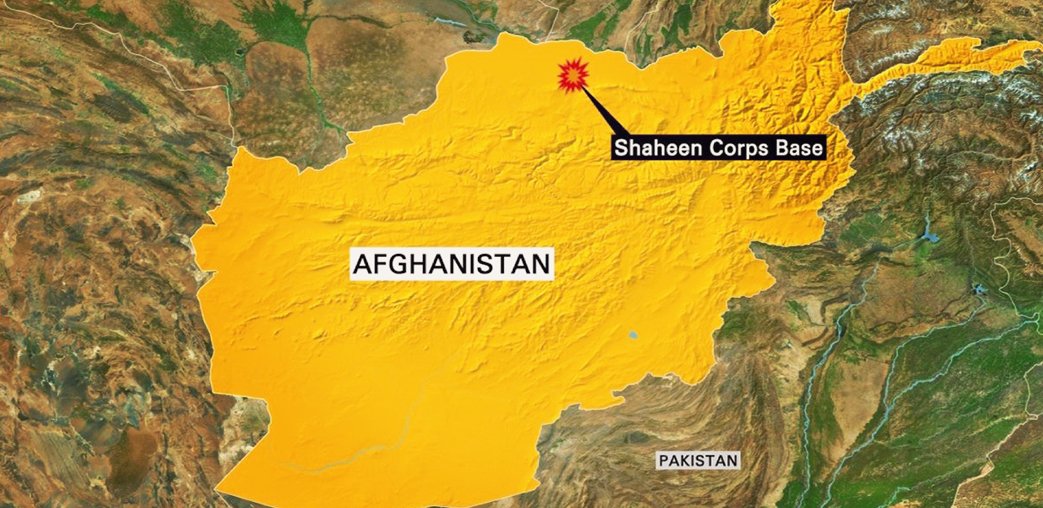
He fired one round. It narrowly missed one of the vehicles, exploding on the HESCO barrier. The overpressure blew out the windows of the vehicle and injured the guys inside, taking them out of the fight. Other SF soldiers went to render aid, while another truck returned fire.
In a war that has been punctuated by a persistent threat of insider attacks (with no real solution), the burden of responsibility to prevent these attacks before they start rests on American and Afghan counterintelligence agents. With their specialized training, they are the best hope.
‘I knew once the word got out that there had been a green on blue, my phone was going to be ringing off the hook.’
U.S. Army Counterintelligence Agent Randy Eiler was in a sync meeting with a member of the Defense Intelligence Agency when his partner ran into his office to break the news about the insider attack.
“I immediately got on my phone, calling contacts at Camp Shaheen, asking what the hell was going on,” said Eiler. “I knew once the word got out that there had been a green on blue, my phone was going to be ringing off the hook.”
It didn’t take long for Eiler to get the intelligence he needed. He learned that the attacker was the RPG specialist for the Afghan commando unit; he had his name and a general summary of what happened. While the attacker was killed by a member of the SF team, he was told that there was a second shooter.
The base was locked down and a manhunt was underway.
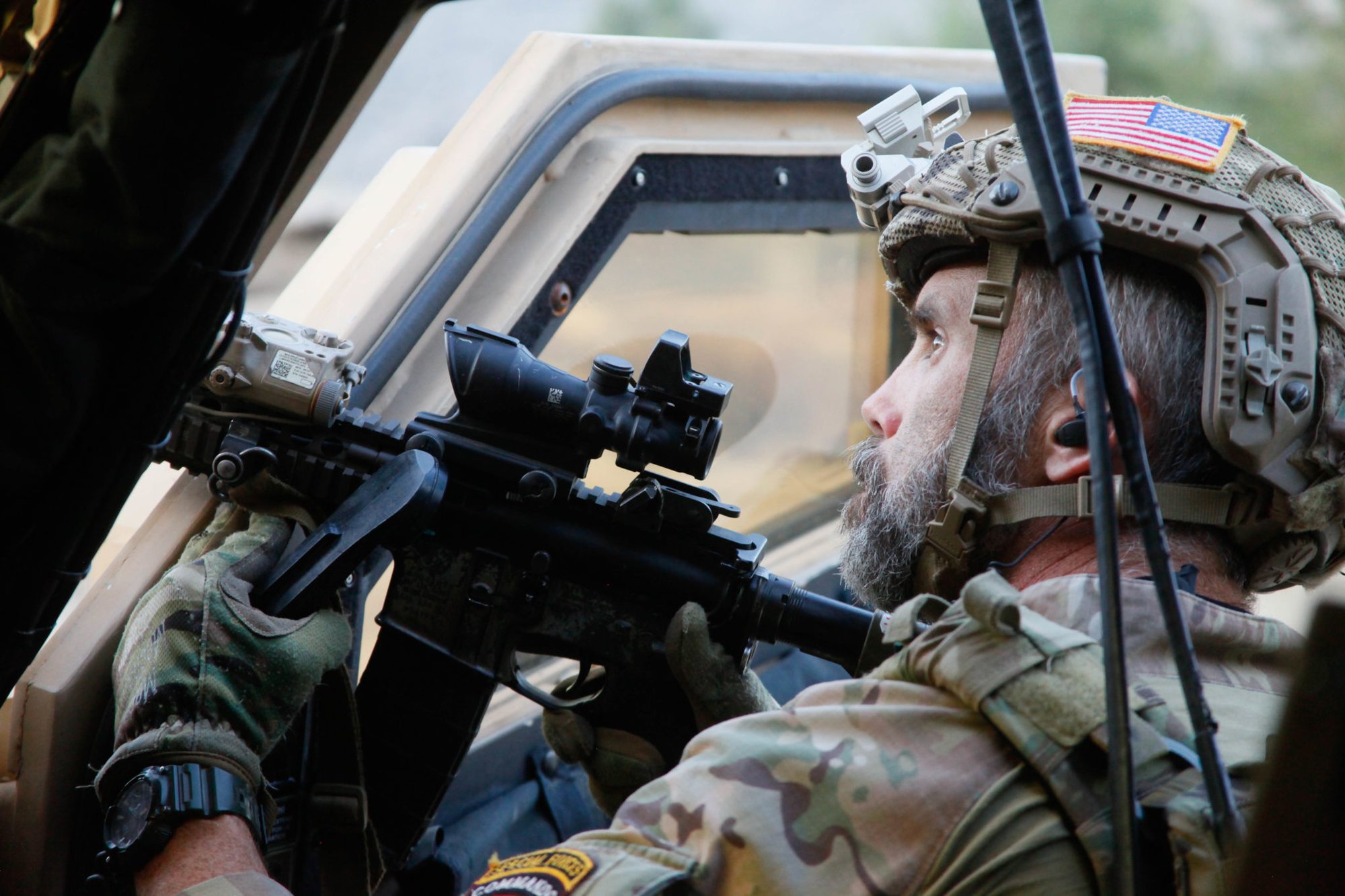
Eiler went to the hospital where the injured green berets had been medevaced to and linked up with the SF team’s commander. They were trying to identify the attacker and figure out what specific unit he was with. Eiler didn’t have much of a relationship with this particular SF team because they were relatively new and had their own organic counterintelligence capabilities.
Eiler introduced himself. “Hey, I don’t mean to interrupt. I’m Randy, and I’m one of the special agents with U.S. Army counterintel.”
“Great, do you have a name?” replied the SF commander, referring to the attacker.
Eiler relayed the information he had. After that, the SF commander called the Afghan National Army commander and verified that it was the same guy.
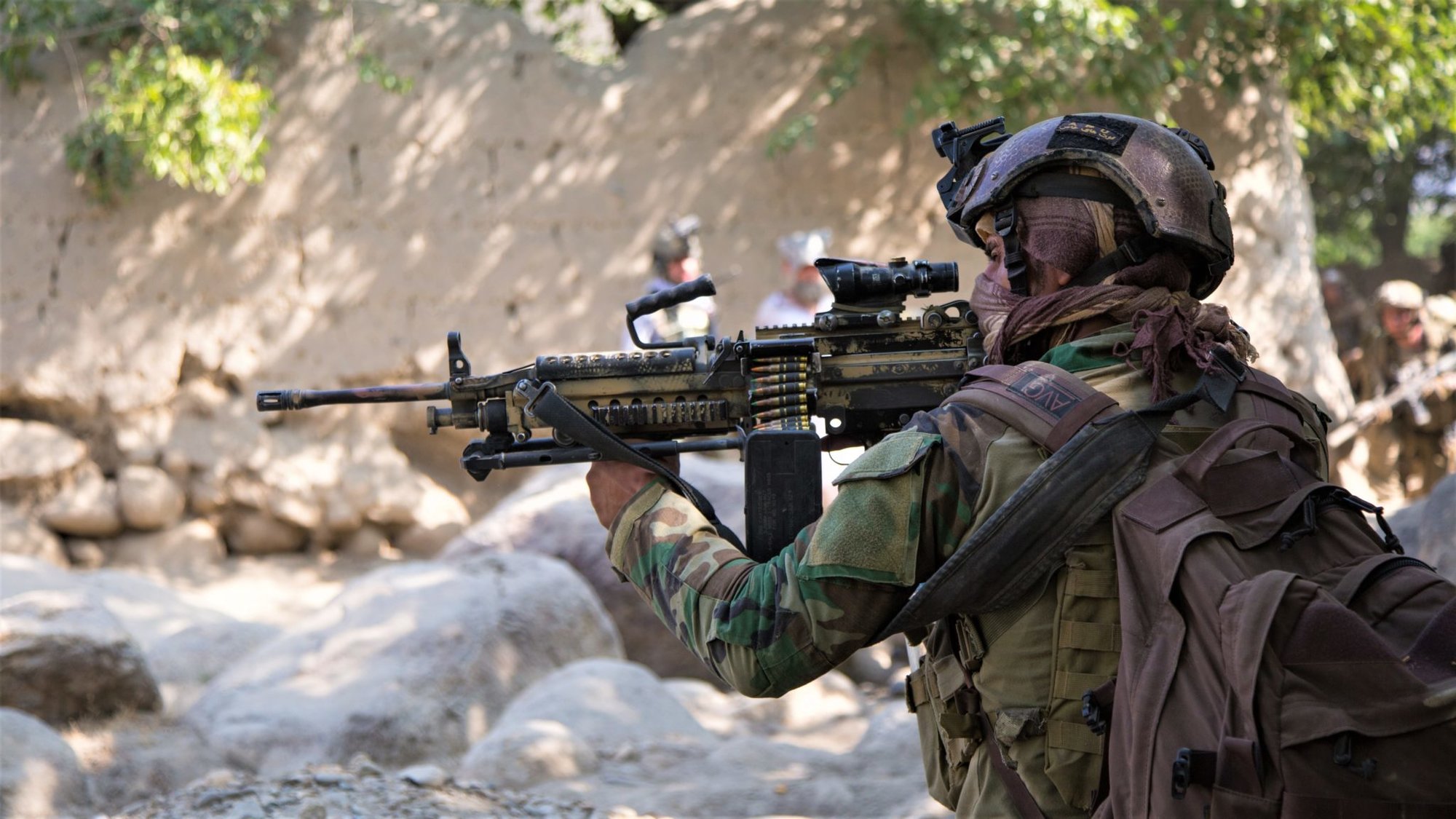
SOME RESOLUTION
As the investigation continued, Eiler confirmed that the attacker was self-radicalized and acted alone — they thought there was a second shooter because of the speed with which the attacker fired the RPGs.
During a recent interview, Eiler shared some gritty details about how the attacker was taken out.
One member of the SF team had a malfunction with his rifle during the attack and had to transition to his sidearm. After the commando fired his third RPG, the same member swatted at the round, slicing open his dominant hand on the fin.
In a situation where a commando turns his gun against friendly forces, he can prove more difficult to take down than most soldiers.
The attacker was using cover, moving quickly, and using three buildings in the area to shield himself. Afghan commandos receive substantial training and are considered far more effective in combat than their conventional counterparts in the ANA. In a situation where a commando turns his gun against friendly forces, he can prove more difficult to take down than most soldiers.
After attempting to engage the target with his weak hand, the SF member returned to his dominant firing hand. He shot the Afghan commando a few times, using his ring finger to fire, which finally eliminated the threat.
While there were no U.S. casualties in the green on blue at Camp Shaheen, the same cannot be said for other insider attacks in Afghanistan.
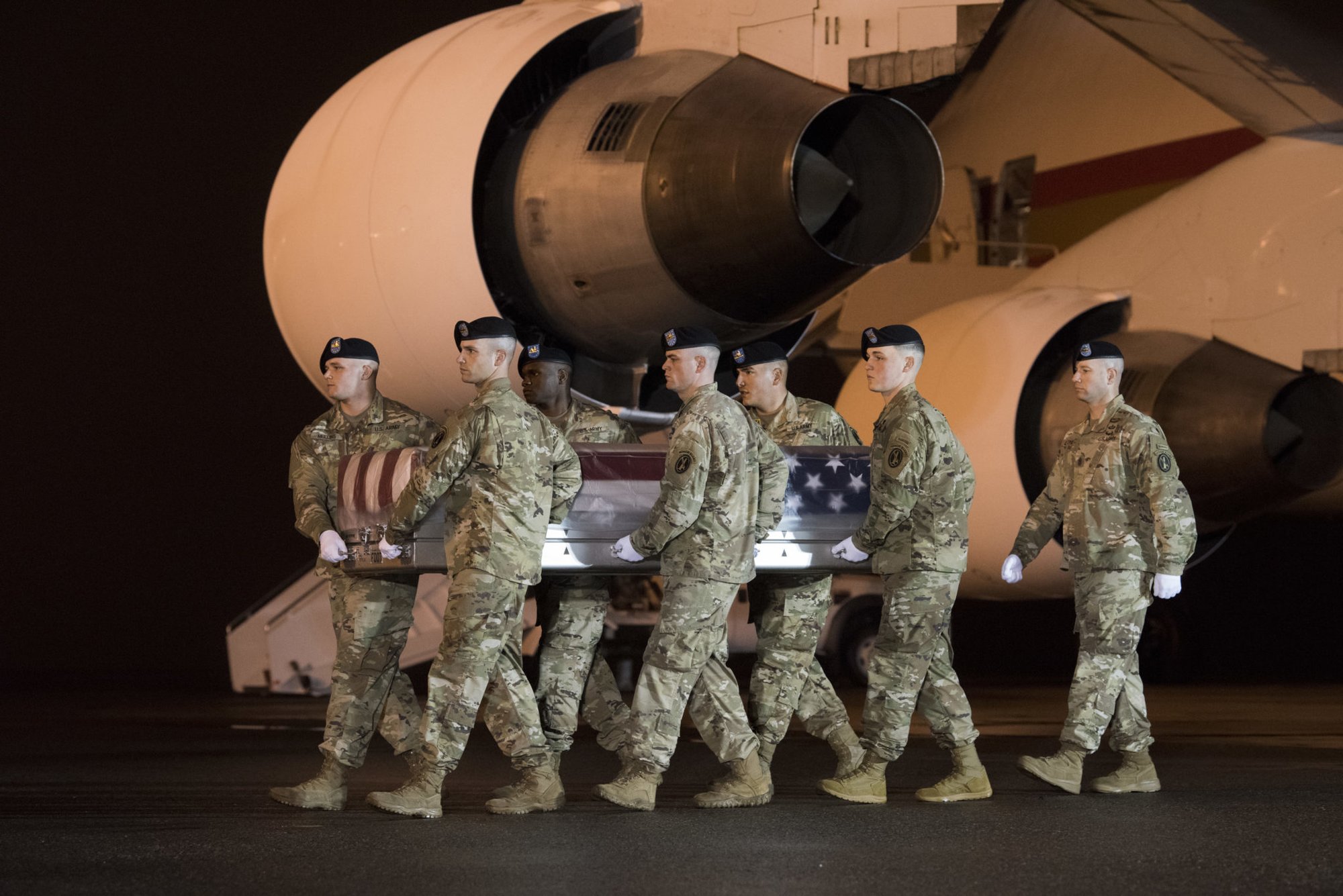
In November 2018, U.S. Army Major Brent Taylor was killed in a green-on-blue attack in Kabul. According to NBC News, he was killed by a member of Afghan National Defense and Security Forces. This was only the latest attack in a 17 year war that has seen approximately 150 American soldiers killed in green-on-blue incidents.
In a press conference earlier this year, Secretary of Defense James Mattis said they are working harder to prevent these incidents.
“They’re bringing in more people that we have helped train to know how to do it, to make certain that we’re catching people who have been radicalized. There’s a lot of attention from their military side that’s actually in the field with the troops. By ‘attention,’ I mean training of their people at how they protect coalition troops,” said Mattis.
Fortunately, Eiler only saw one green on blue in his area of operations, but the issue persists in Afghanistan, creating an unpredictable environment for those who are deployed there.
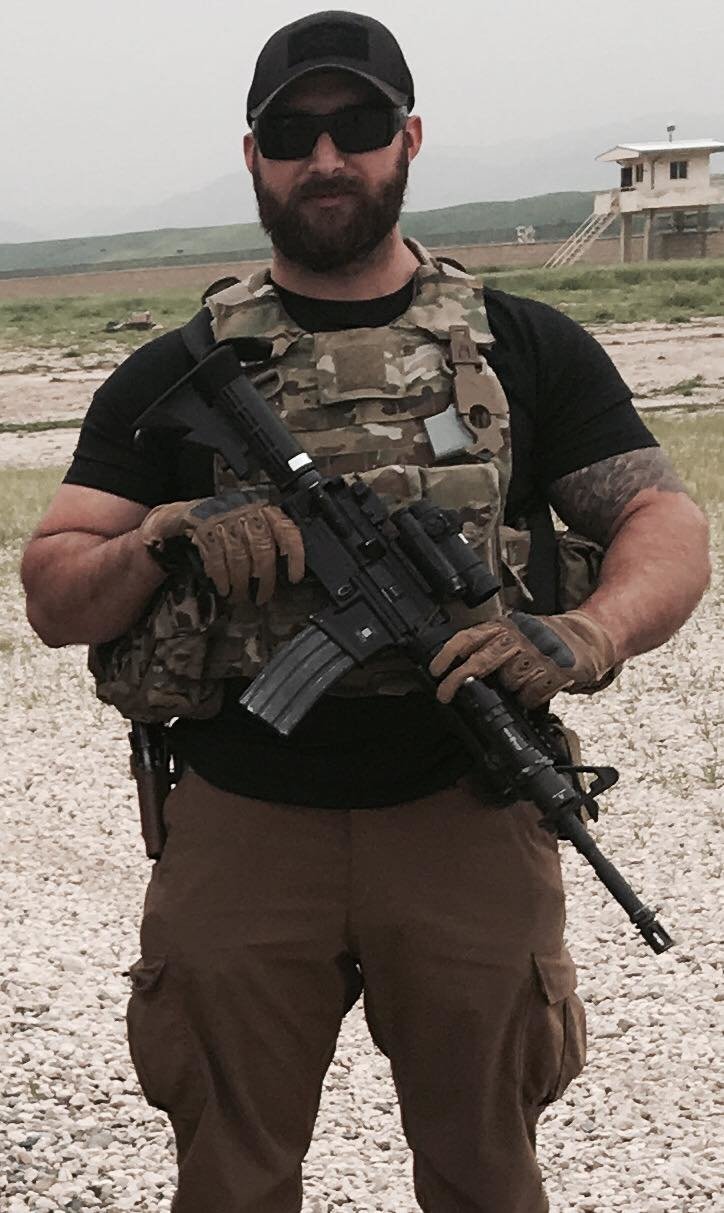
After the investigation was over, Eiler felt a great deal of relief.
“As far as the feeling of no one getting killed, it’s a huge relief. Insider threats are the number one thing over there right now. With the new SFAB advisors there, it’s going to take every counterintelligence agent there to be as proactive as they can to deny the enemy the chance to conduct an attack from inside the wire,” he said.
“So when one happens, and it’s in your area of coverage, you can’t help but ask yourself what you could have done to prevent it, was it something you as an agent missed or something another soldier missed because you didn’t inform them of the proper indicators?”
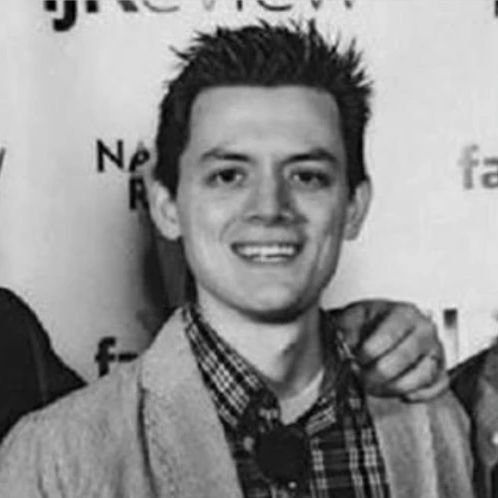
Justen Charters is a contributing editor for Coffee or Die Magazine. Justen was previously at Independent-Journal Review (IJ Review) for four years, where his articles were responsible for over 150 million page views, serving in various positions from content specialist to viral content editor. He currently resides in Utah with his wife and daughter.
BRCC and Bad Moon Print Press team up for an exclusive, limited-edition T-shirt design!
BRCC partners with Team Room Design for an exclusive T-shirt release!
Thirty Seconds Out has partnered with BRCC for an exclusive shirt design invoking the God of Winter.
Lucas O'Hara of Grizzly Forge has teamed up with BRCC for a badass, exclusive Shirt Club T-shirt design featuring his most popular knife and tiomahawk.
Coffee or Die sits down with one of the graphic designers behind Black Rifle Coffee's signature look and vibe.
Biden will award the Medal of Honor to a Vietnam War Army helicopter pilot who risked his life to save a reconnaissance team from almost certain death.
Ever wonder how much Jack Mandaville would f*ck sh*t up if he went back in time? The American Revolution didn't even see him coming.
A nearly 200-year-old West Point time capsule that at first appeared to yield little more than dust contains hidden treasure, the US Military Academy said.












